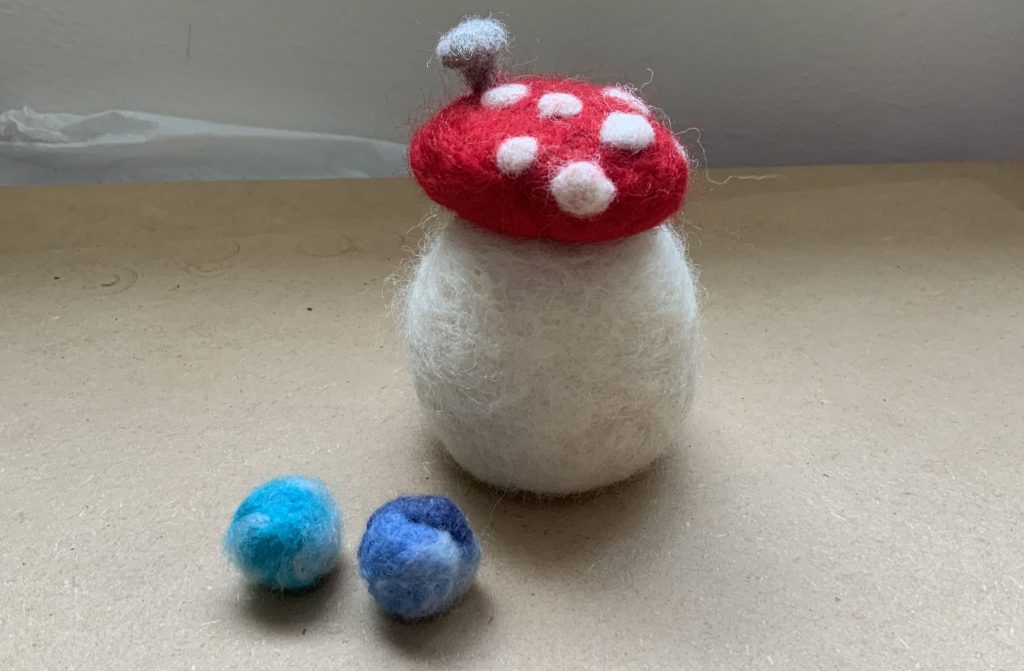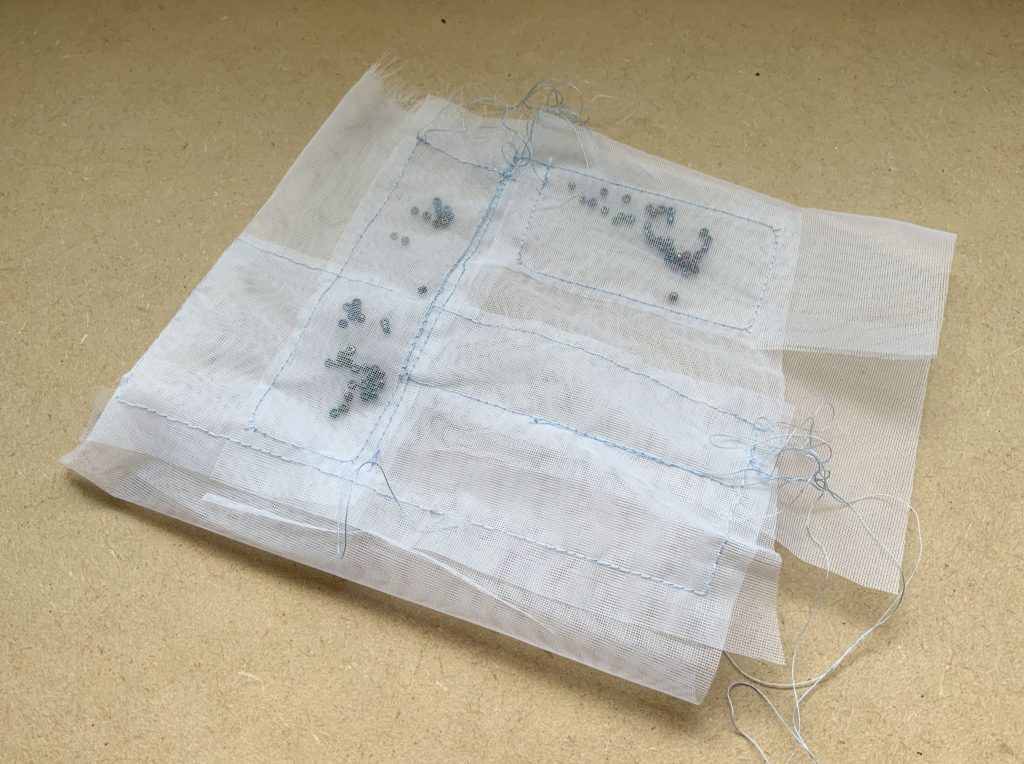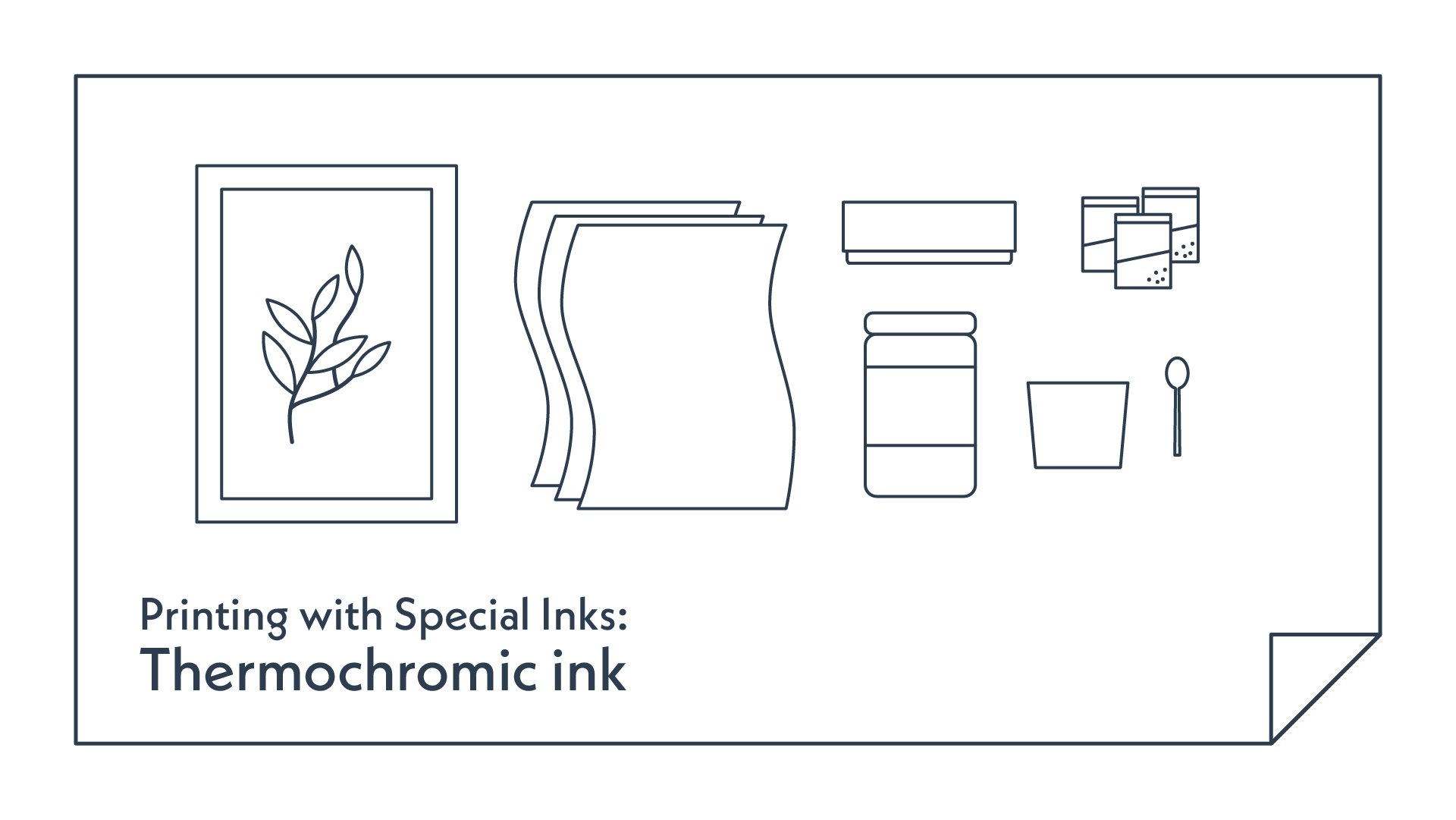
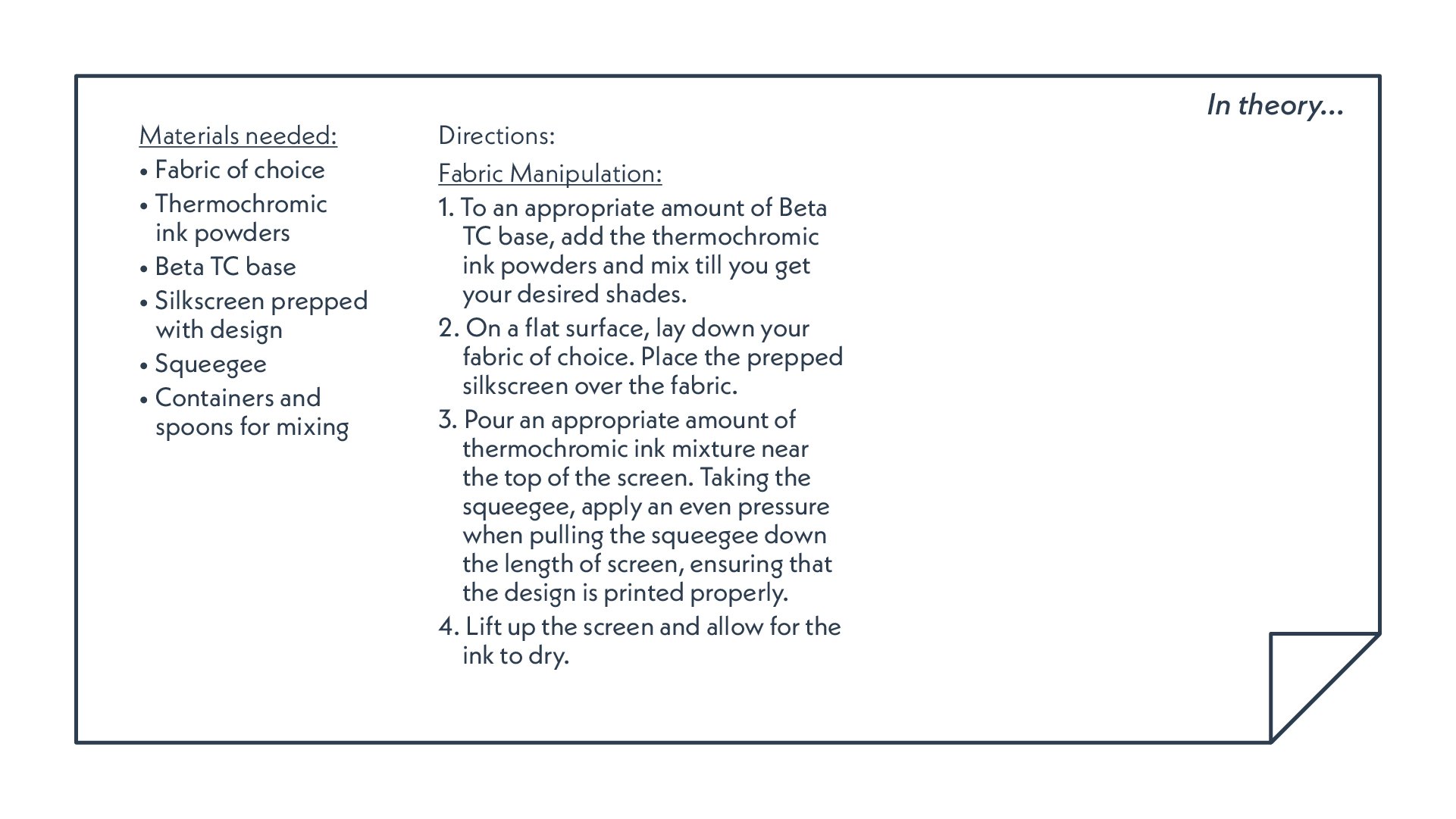 Thermochromism is the property of substances to change colour due to a change in the temperature. This can be seen in coffee mugs that reveal a change when hot water is poured into it, or mood rings. This adds a layer of interactivity to the product I suppose.
Thermochromism is the property of substances to change colour due to a change in the temperature. This can be seen in coffee mugs that reveal a change when hot water is poured into it, or mood rings. This adds a layer of interactivity to the product I suppose.
Thermochromic inks are not available in Singapore (a lot of art supplies are not available in Singapore Q.Q) and used to be only available from the States (?). However, Prof. Galina did mention that a senior did manage to find thermochromic pigment on Taobao so I guess, if I ever I want to work with thermochromic paint, future Louisa, I’ve got you covered. Go Taobao.
One general observation about the paints that we produced during class, for some reason they did not react as they normally would. The paint did not fade nor appear more vibrant when heat was applied (be it through the use of a hairdryer or just through touch). Not sure if this was due to the weather here in Singapore but I guess, it was cool to be able to do silkscreen printing again. Also because the paints I used were a little bit more pastel and my fabric was yellow (why did I choose yellow fabric and light paint I will never know. LOUISA WHAT HAPPENED TO YOUR COLOUR THEORY??), the colours were quite faint.
Samples:

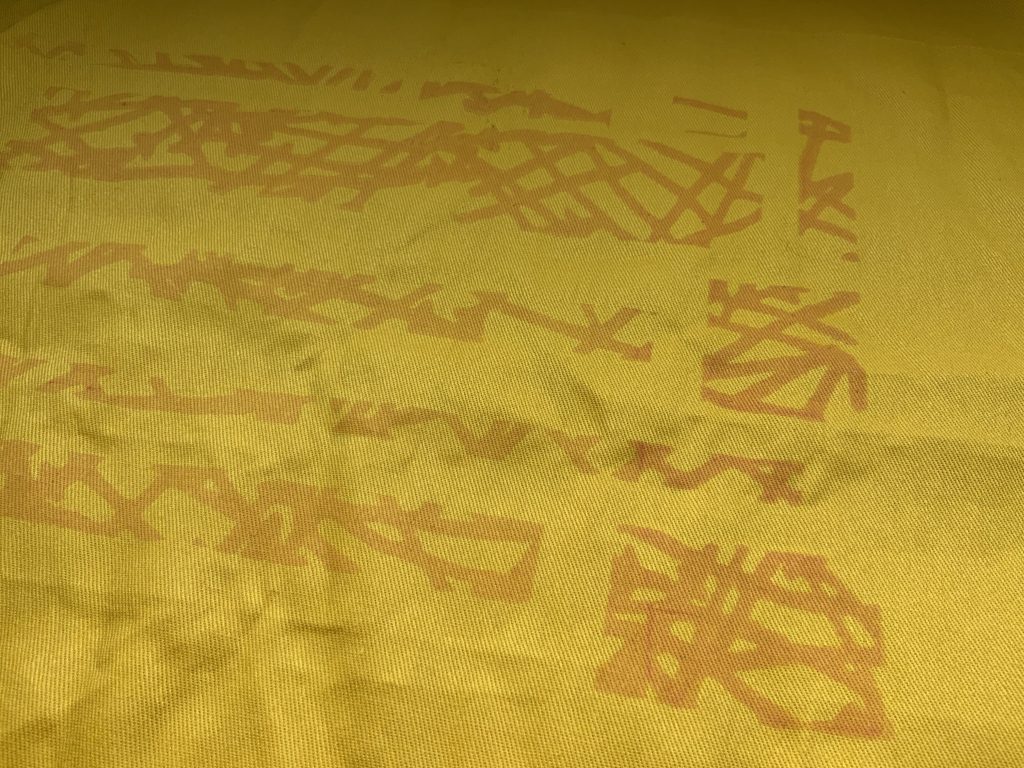
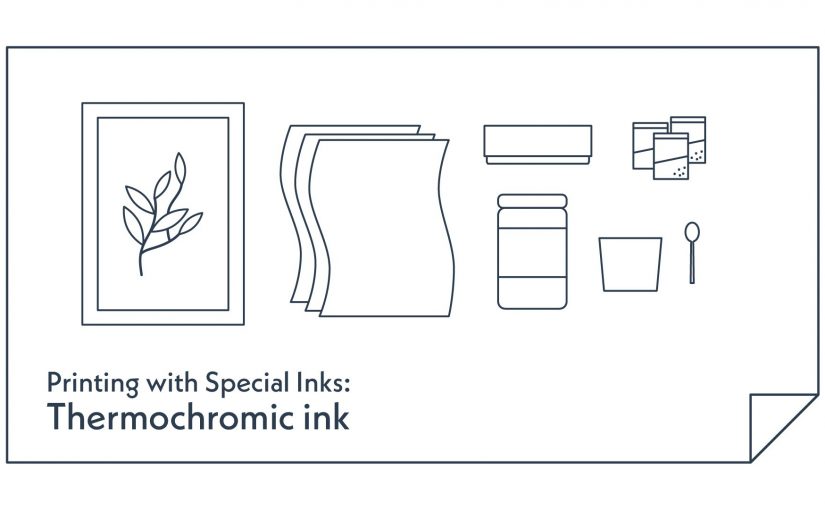
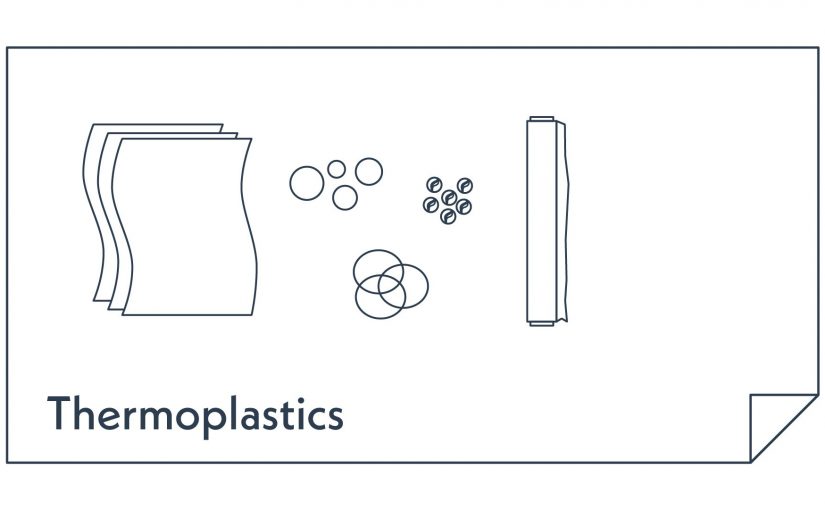
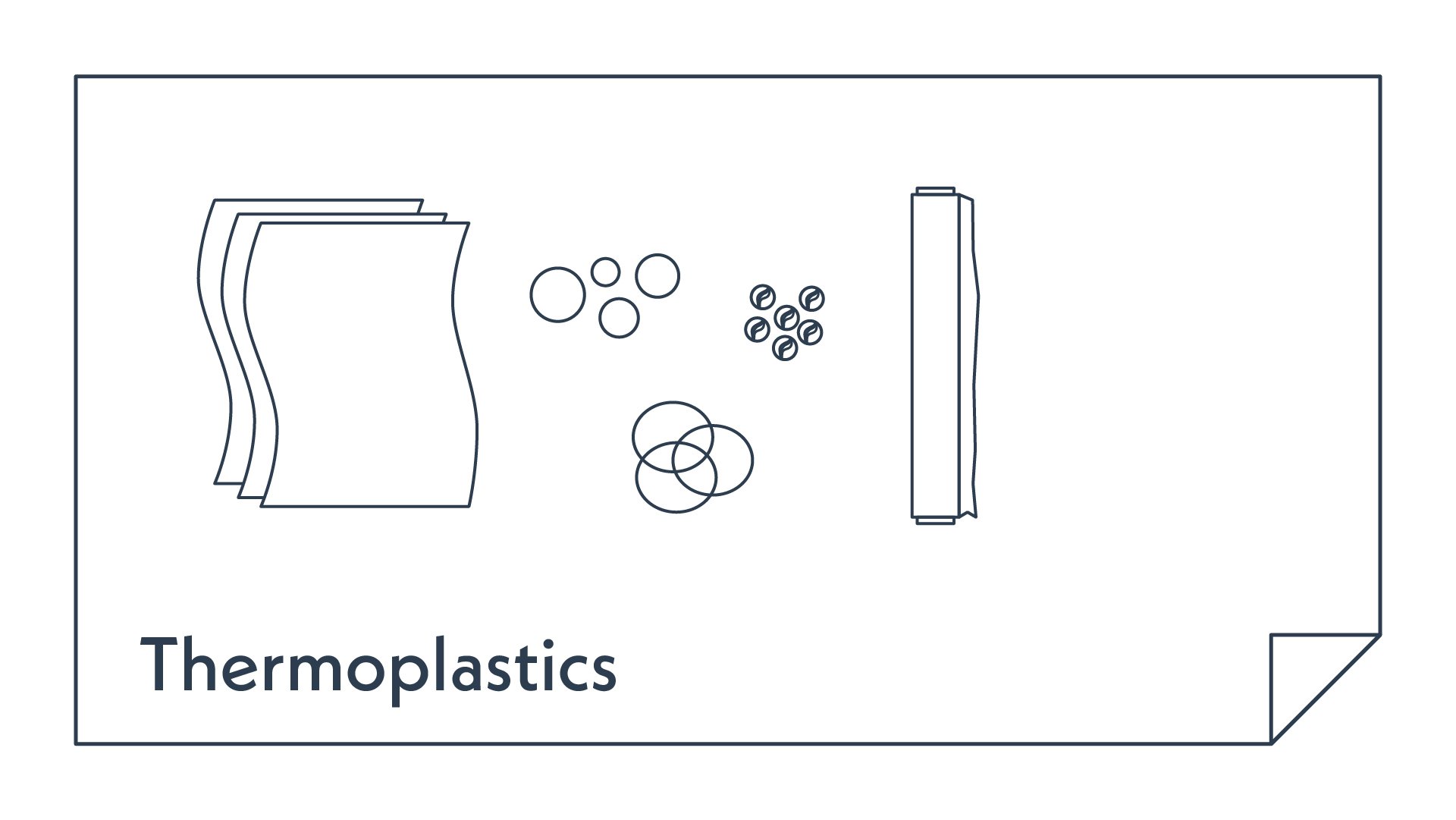

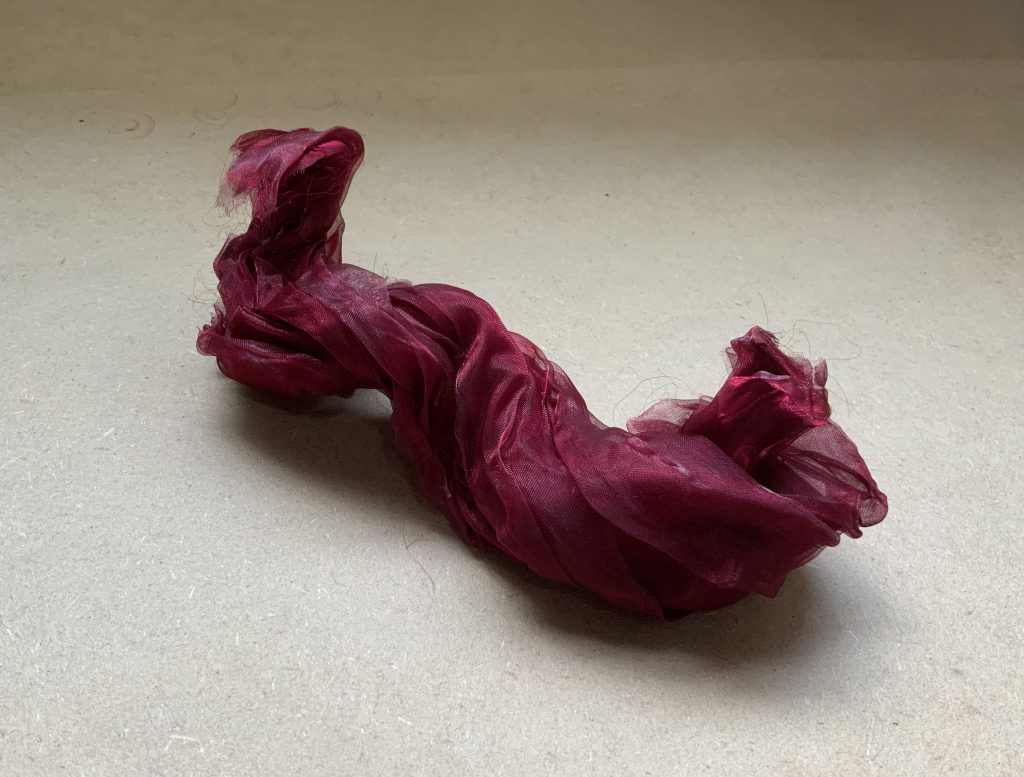
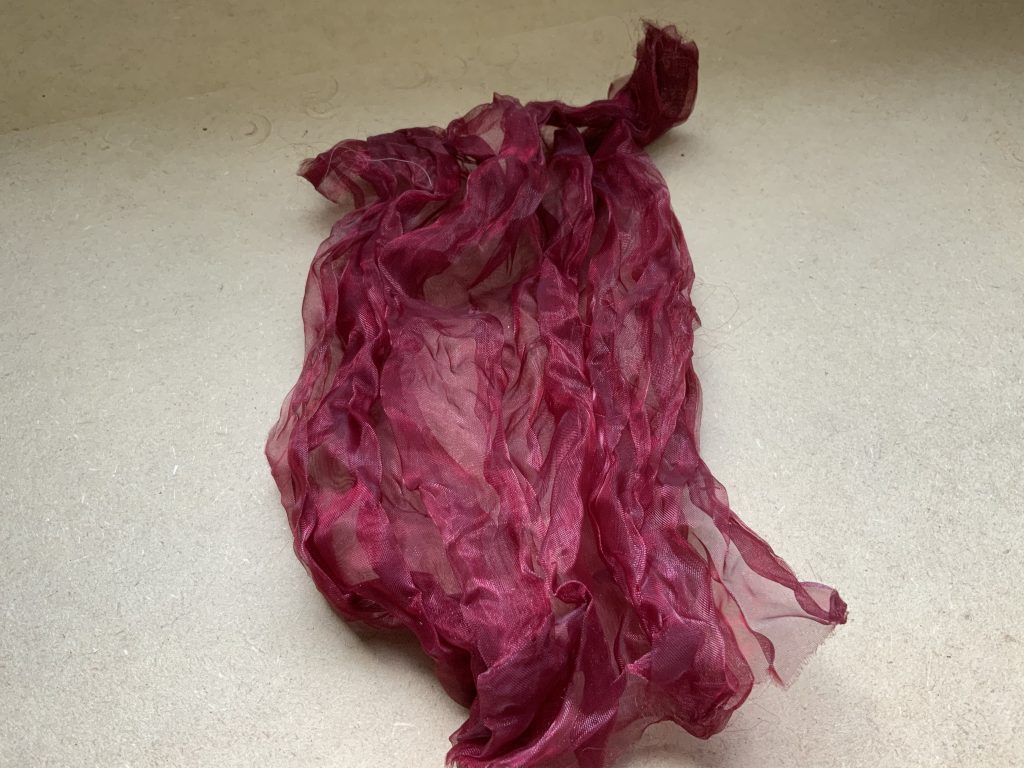

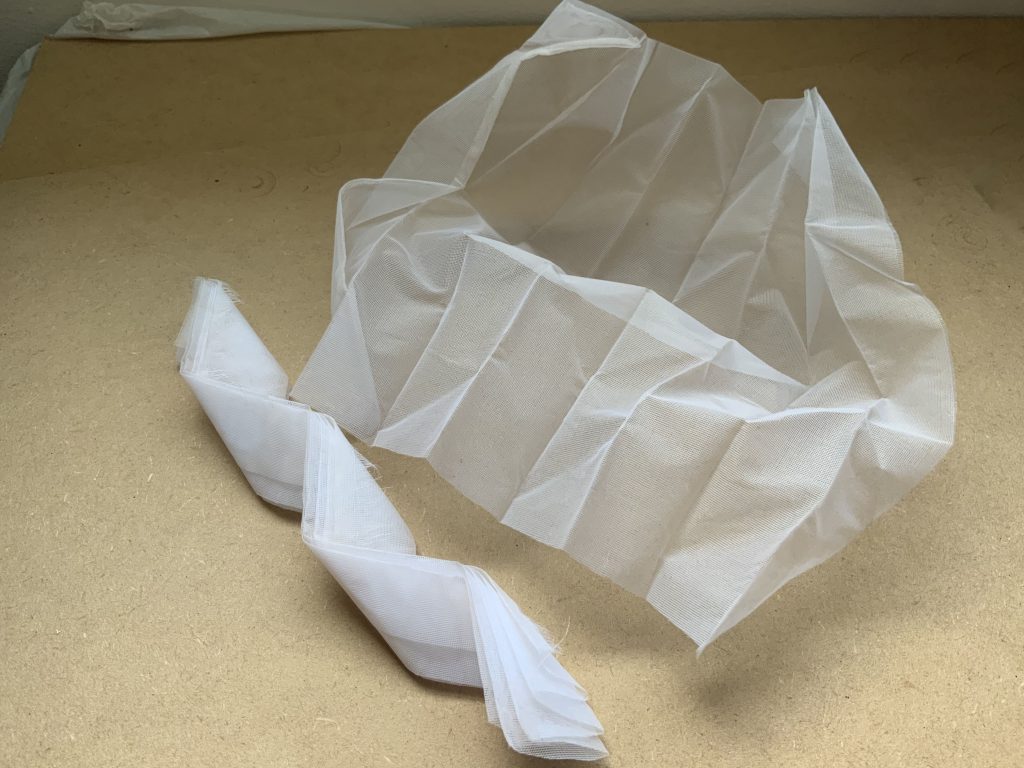
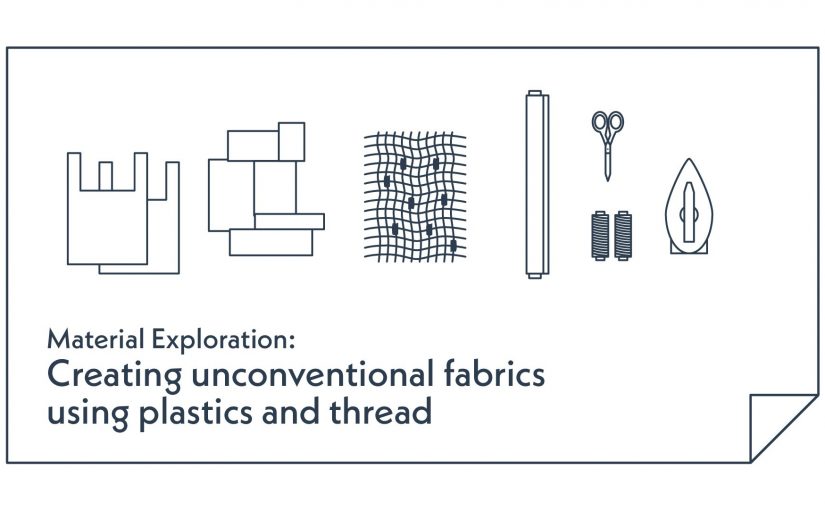
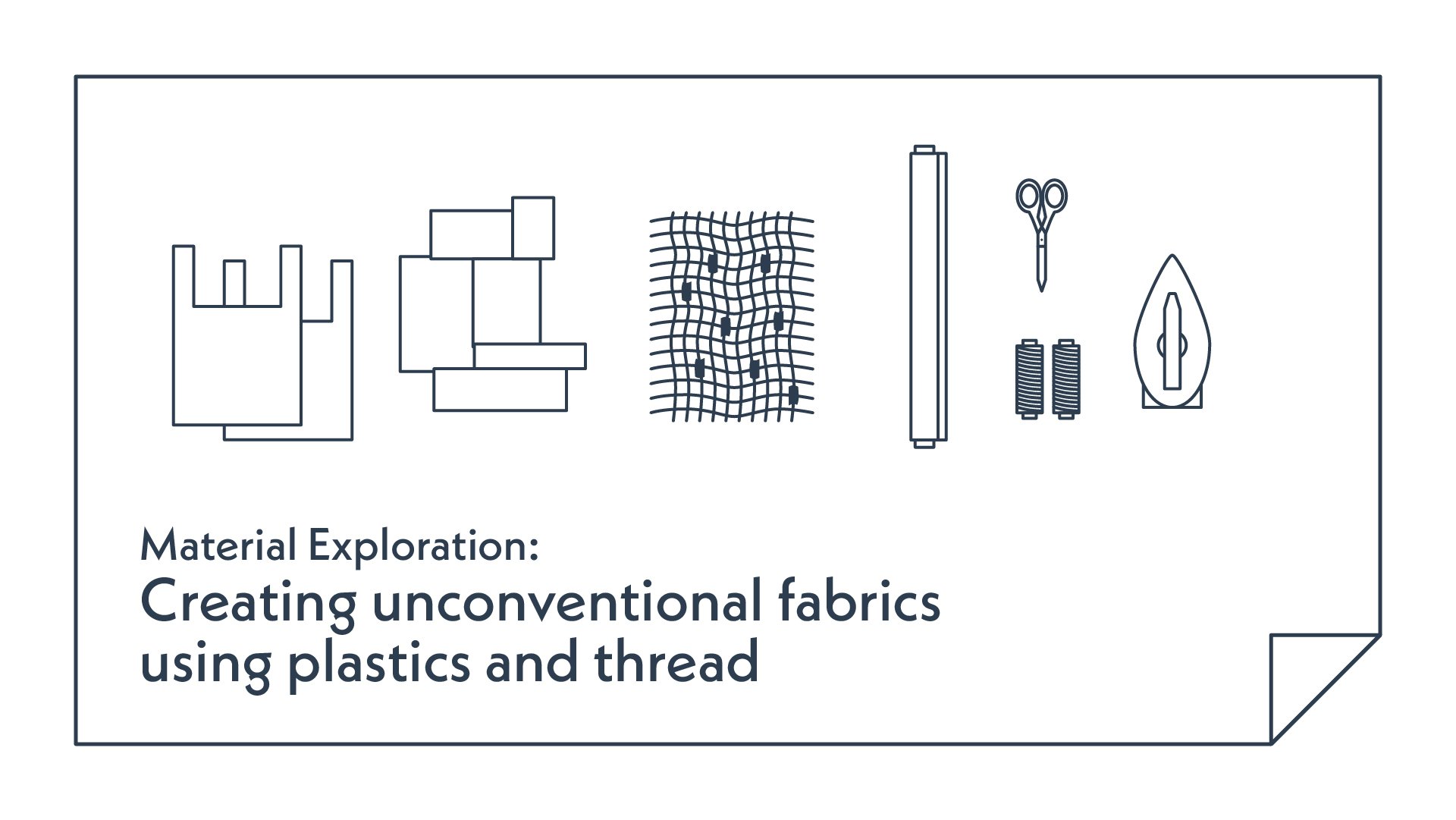
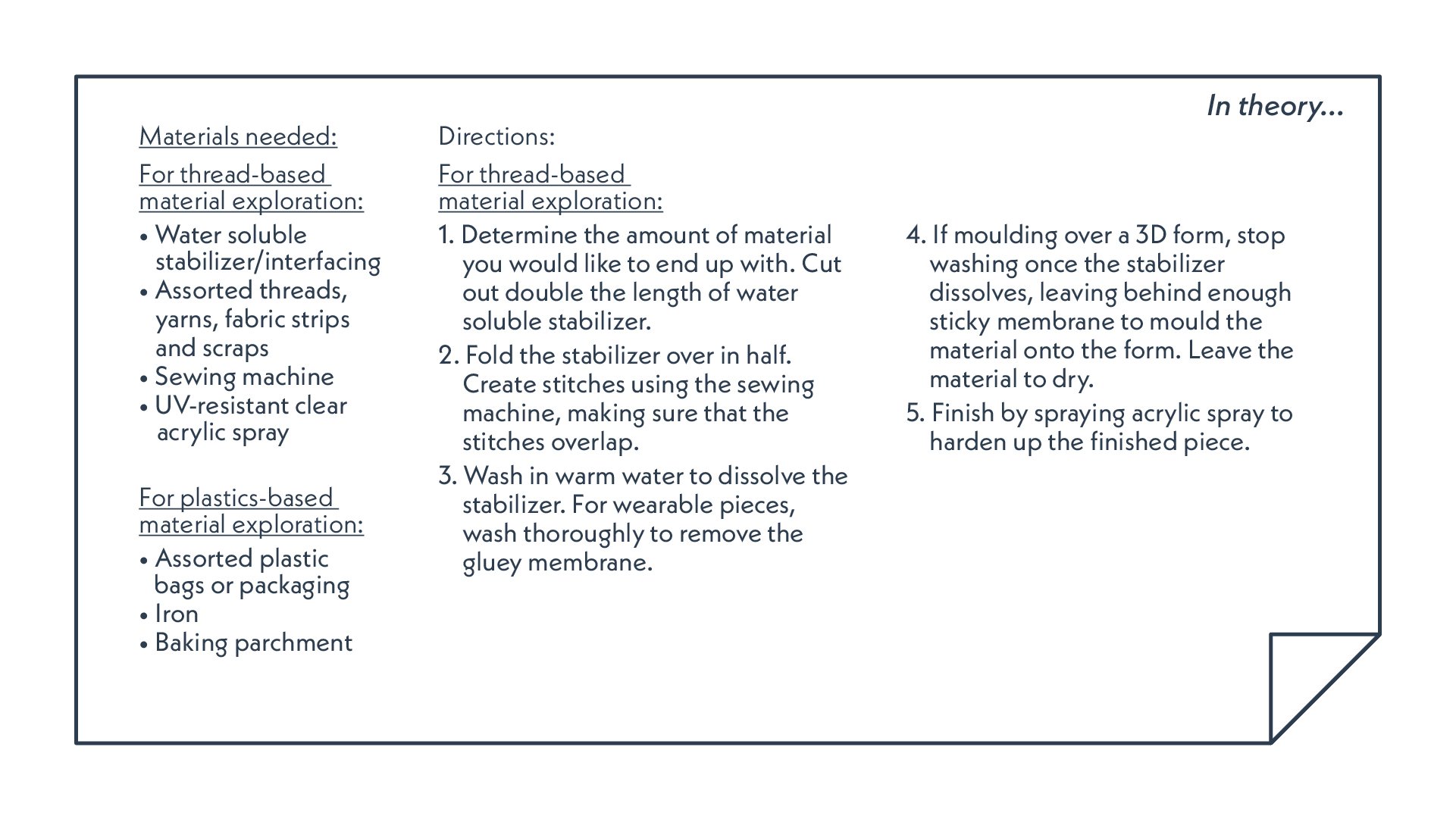



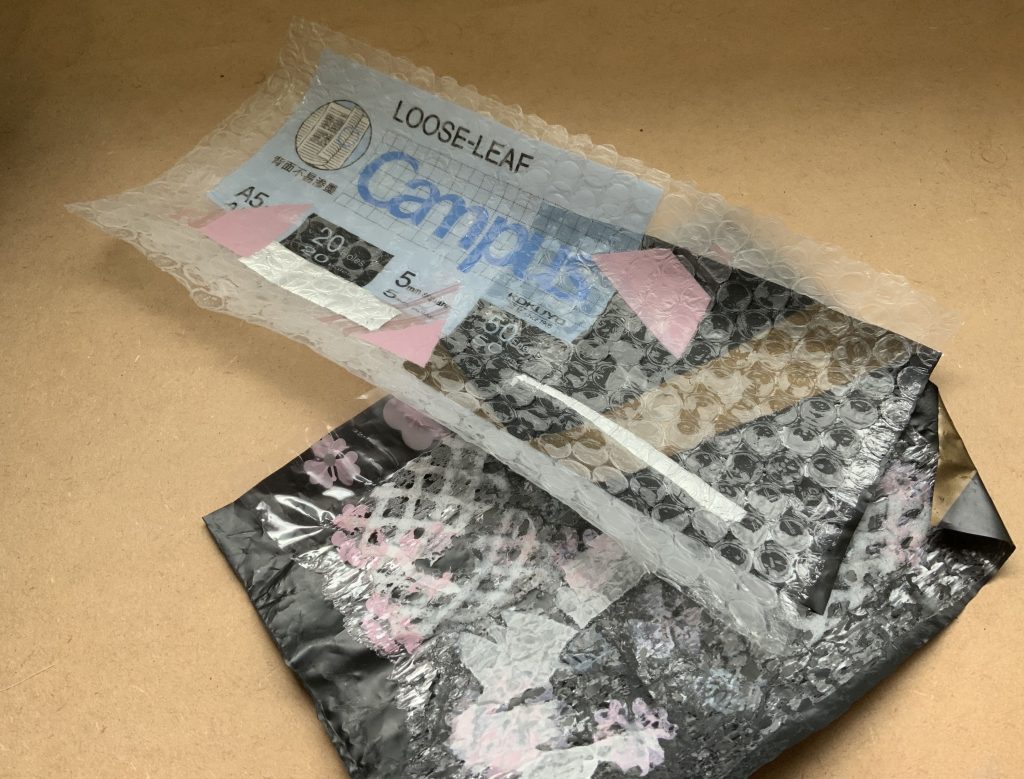
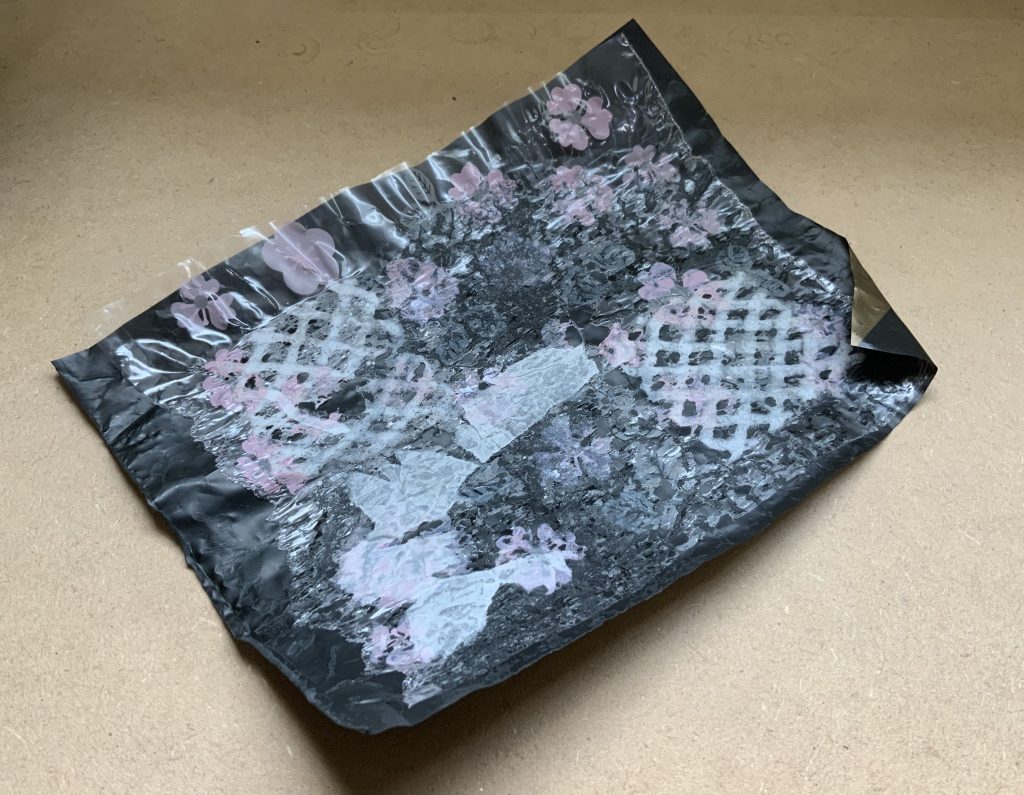
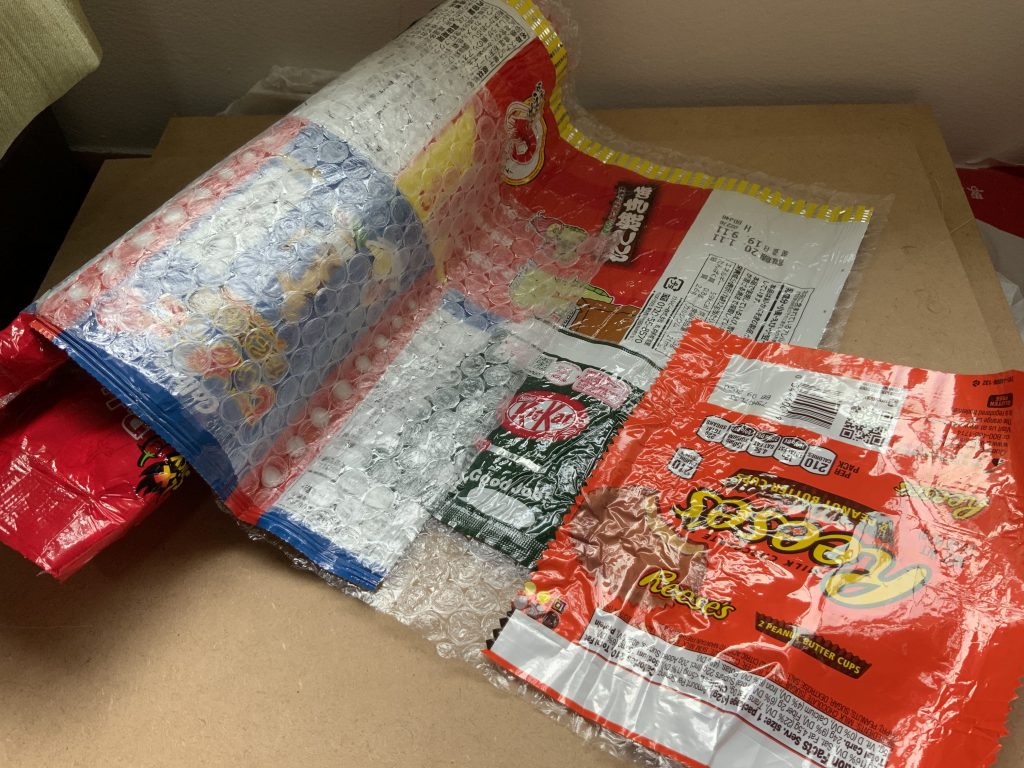
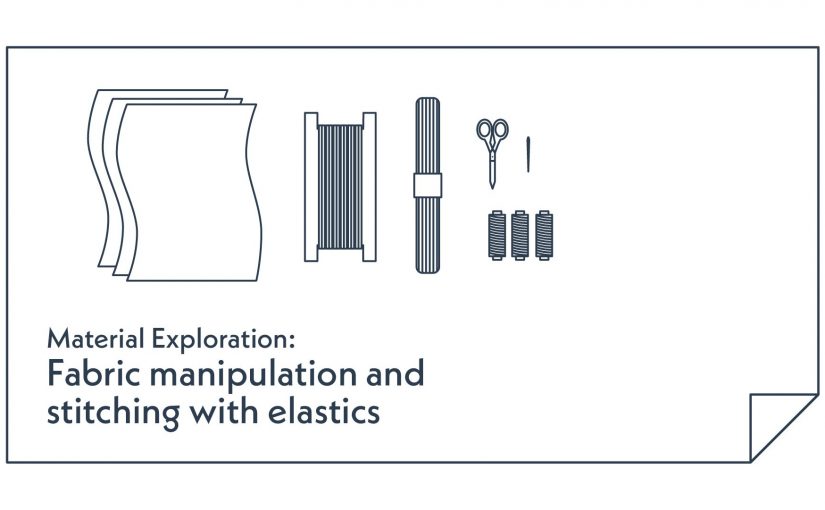
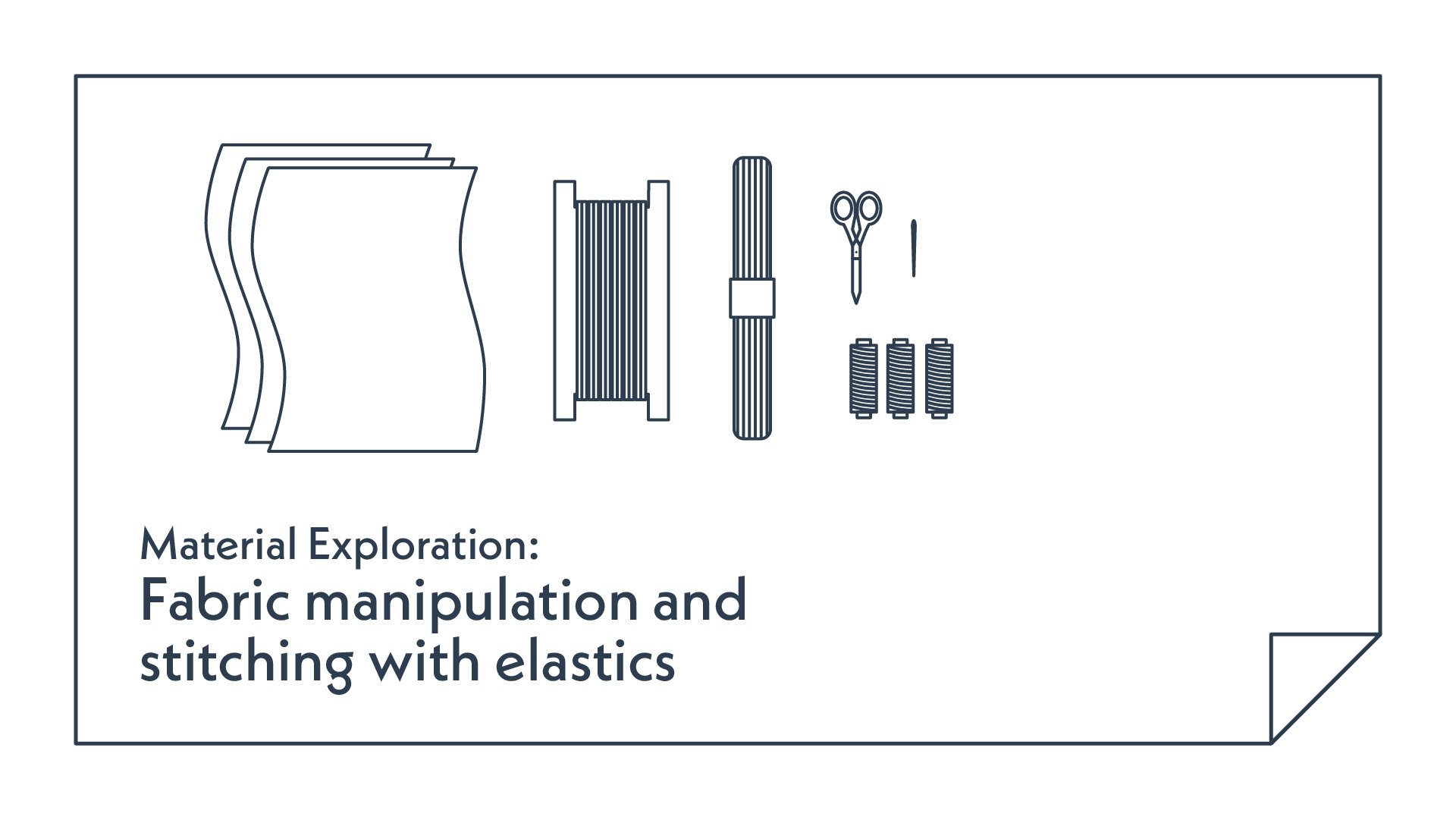

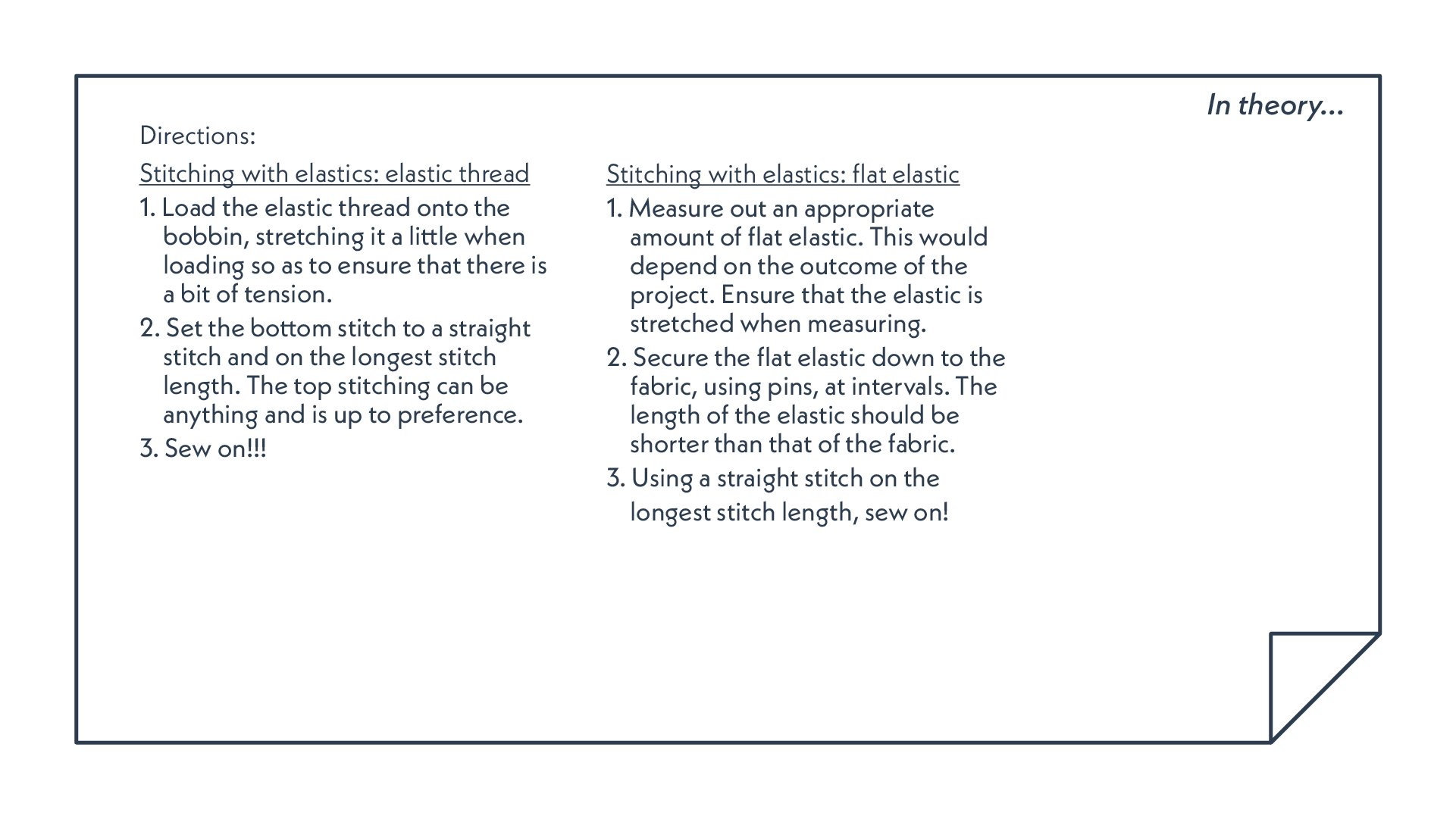
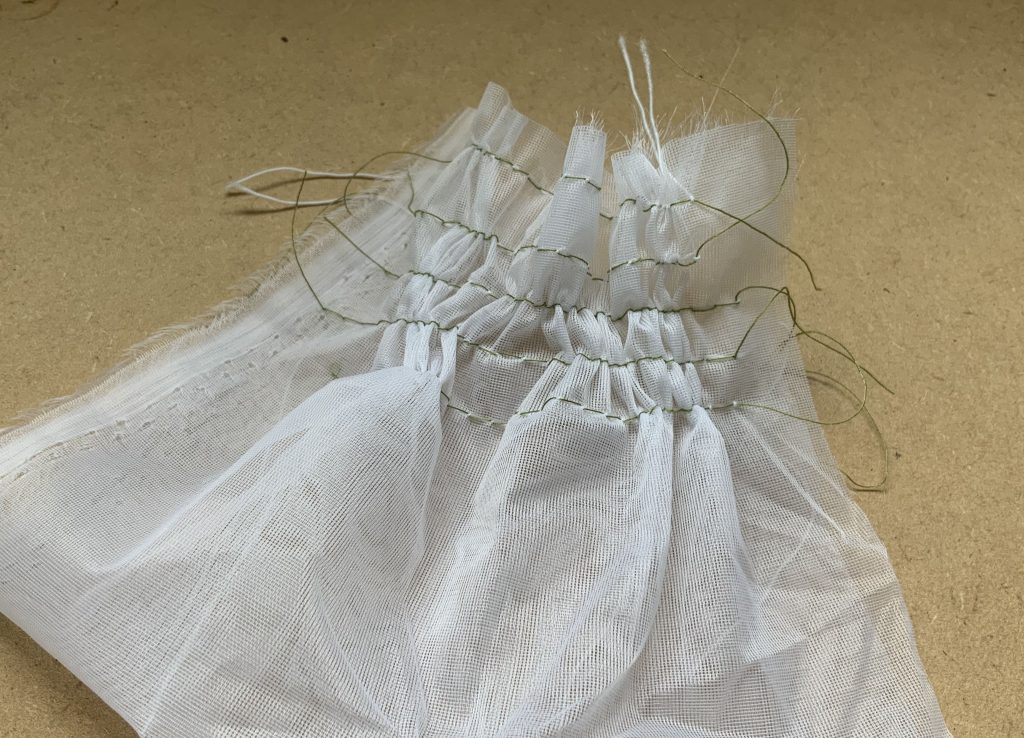
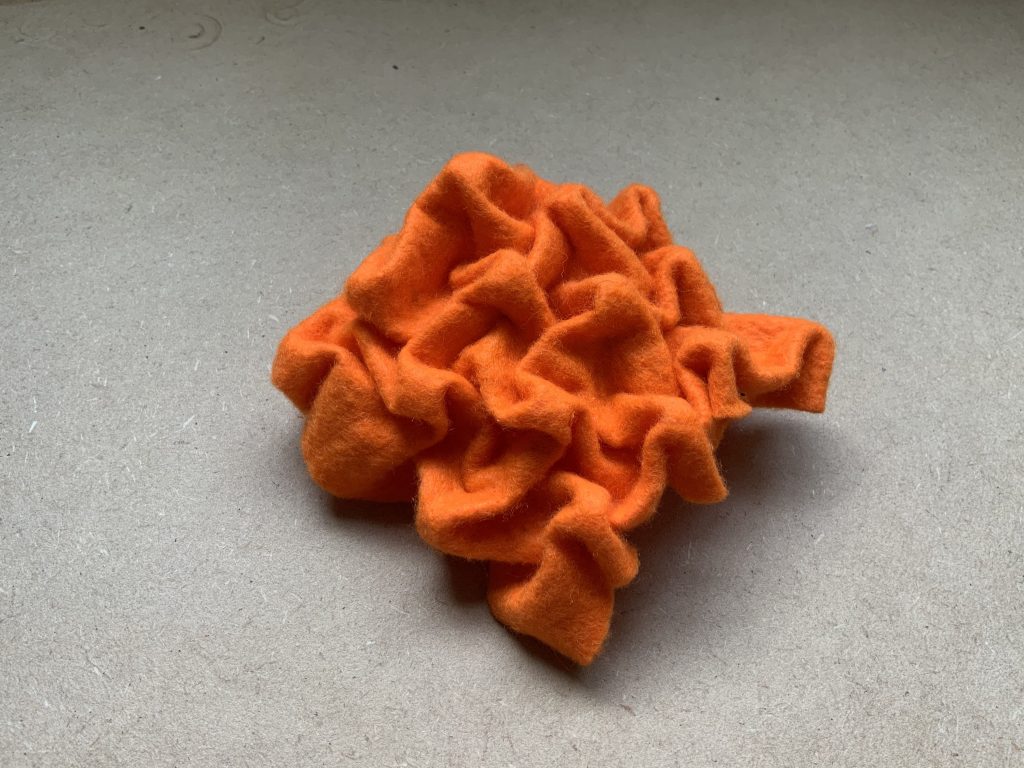

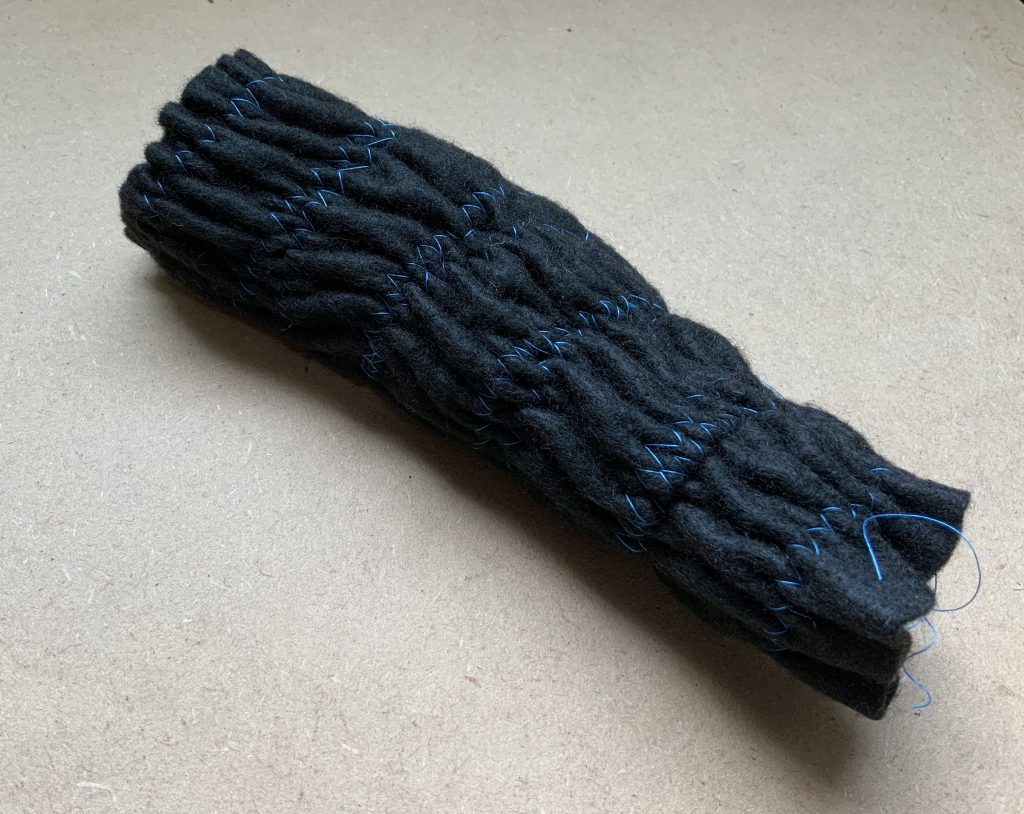
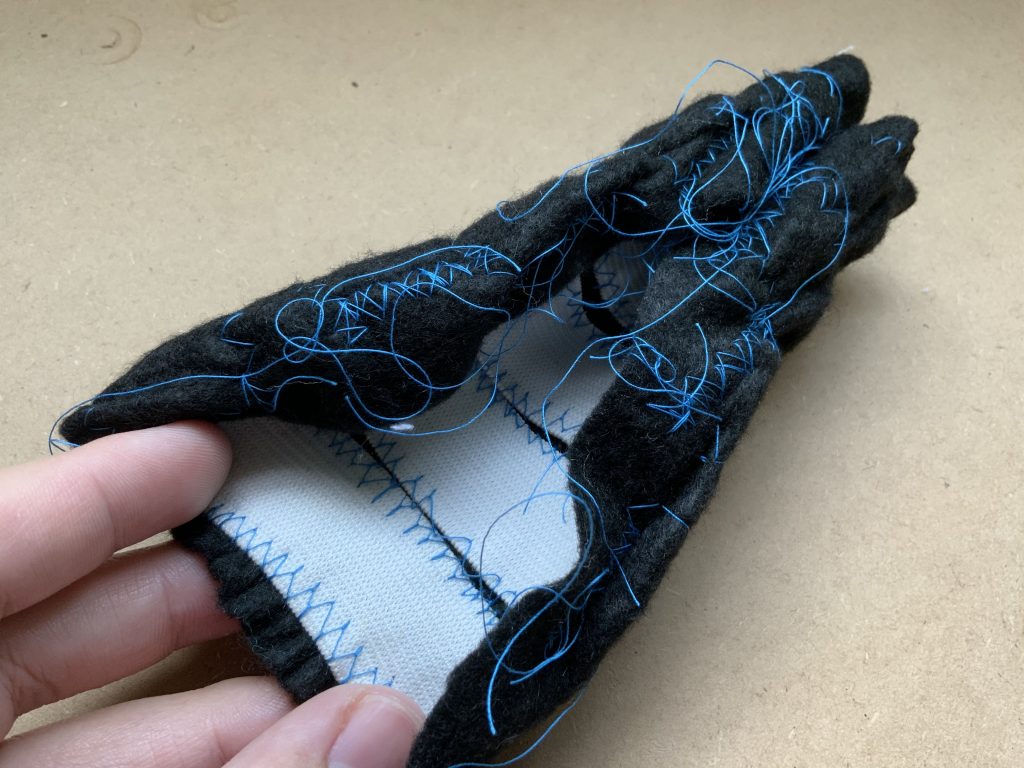

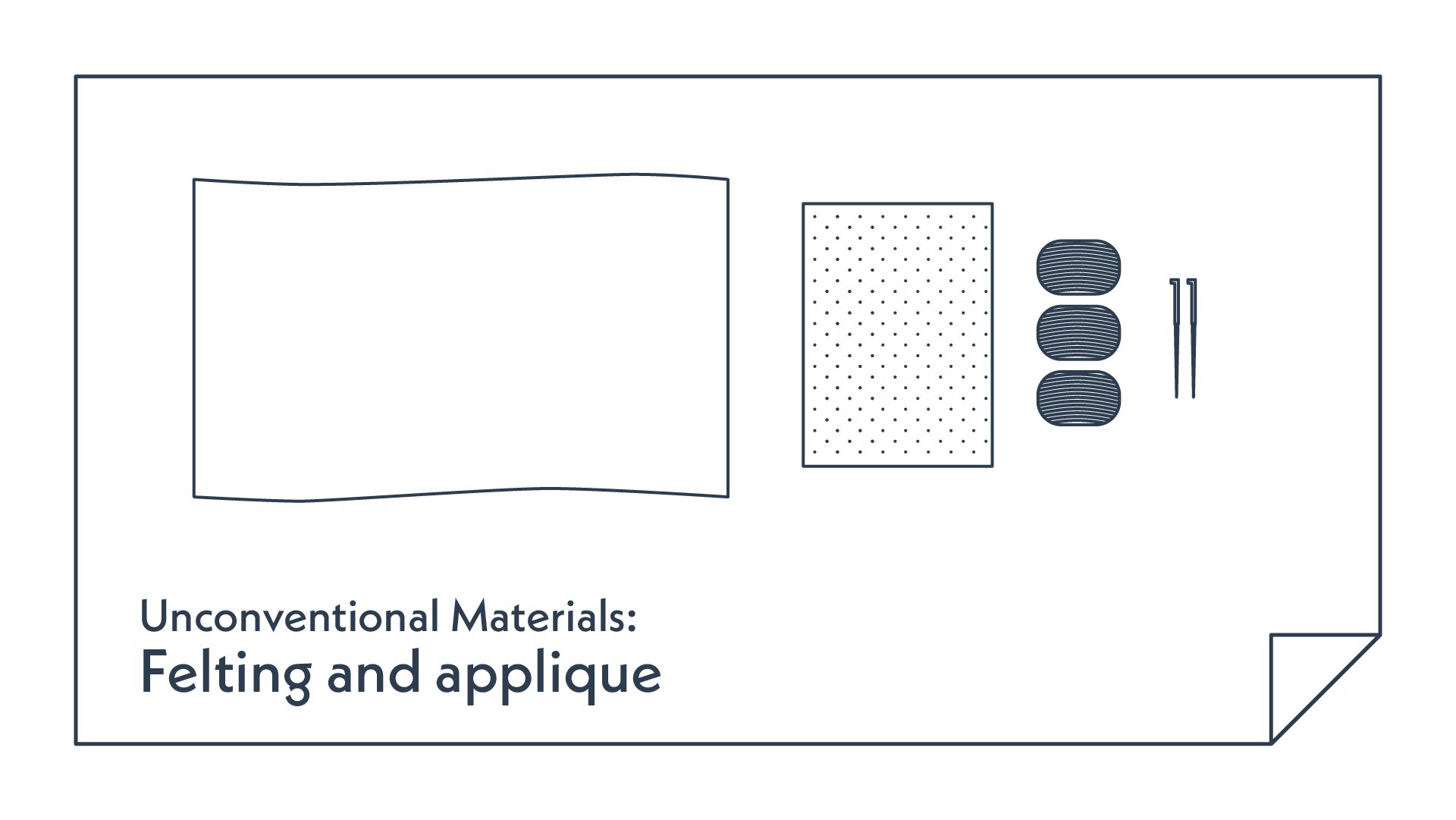
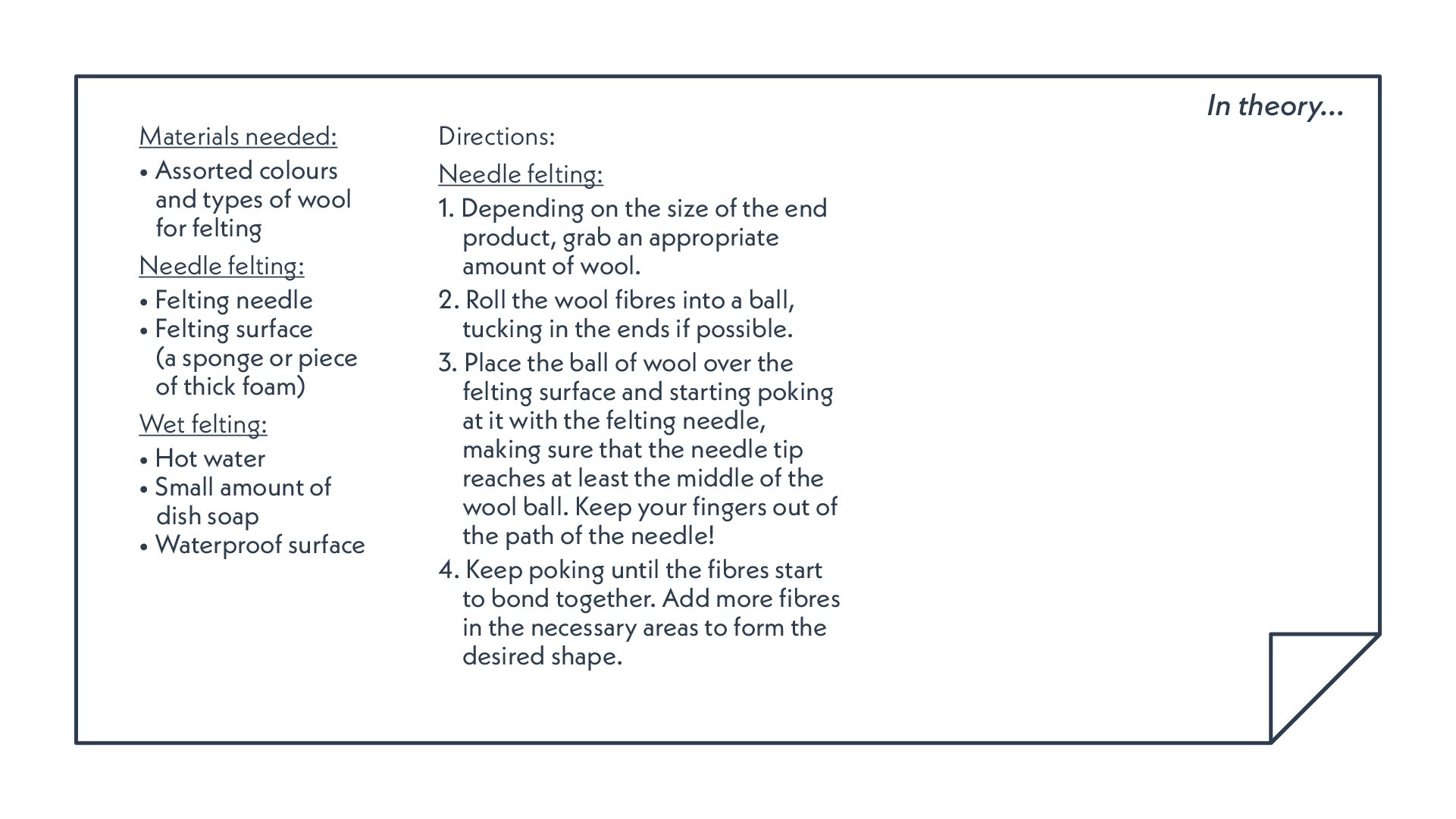
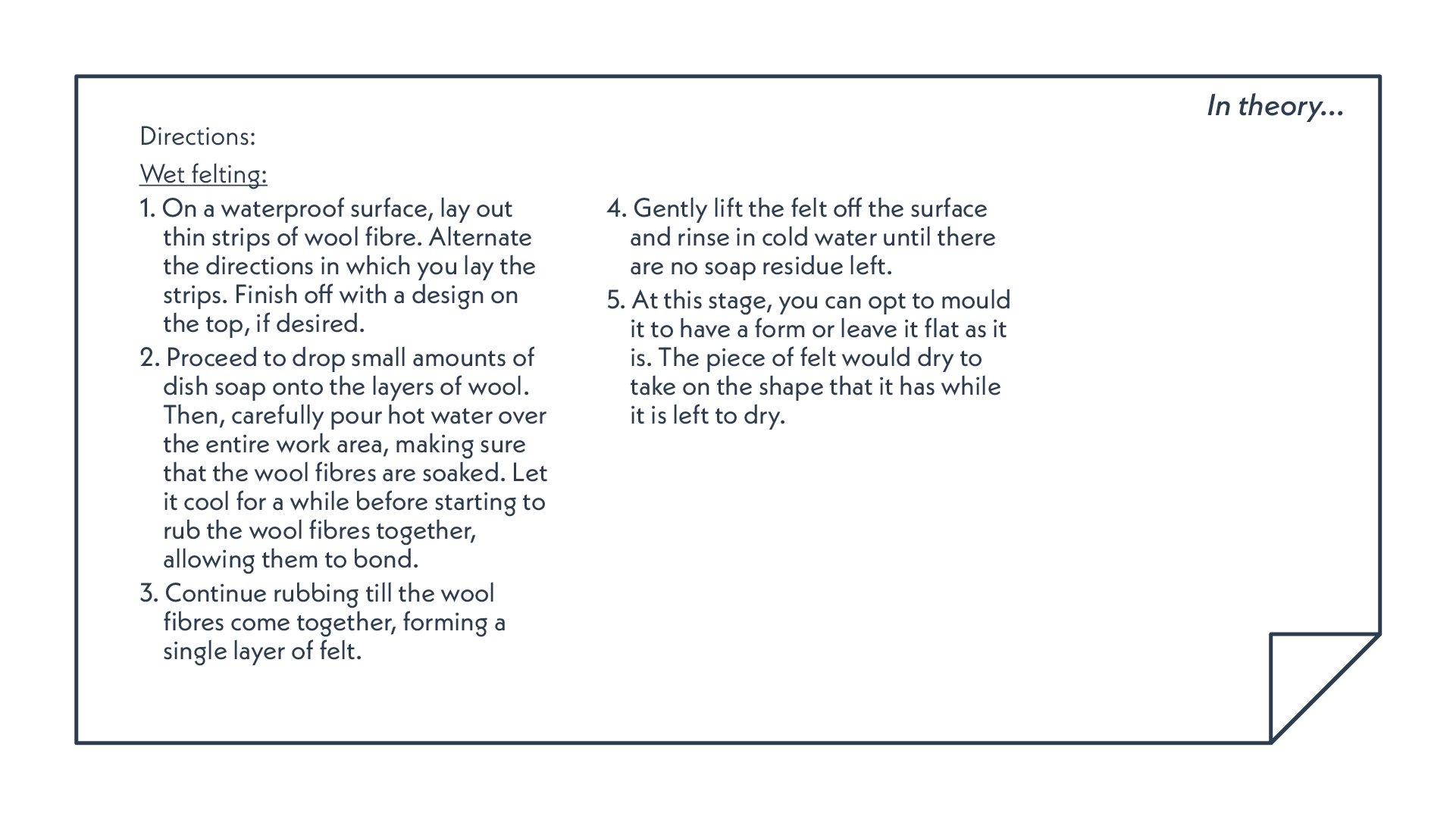 Felting is the process of turning loose wool fibers into fabric through fusing each of the individual strands of fibers. The two methods we were taught in class are needle felting and wet felting.
Felting is the process of turning loose wool fibers into fabric through fusing each of the individual strands of fibers. The two methods we were taught in class are needle felting and wet felting.